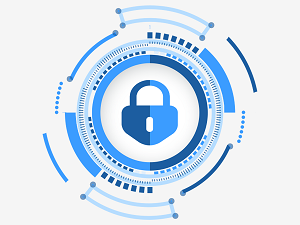ERM (Enterprise Risk Management) is a business strategy that helps organizations identify, assess, and manage risks across the enterprise. Here are some of the fundamental concepts of ERM:
- Risk management culture: ERM requires a risk management culture that values risk management and supports a risk-aware mindset across the organization.
- Risk identification: ERM involves identifying risks that may impact the organization, both internally and externally. This includes risks related to financial performance, compliance, reputation, and strategic objectives.
- Risk assessment: Once risks are identified, ERM involves assessing the likelihood and potential impact of each risk to determine its overall risk level. This helps prioritize risks and focus resources on the most critical risks.
- Risk mitigation: ERM involves developing strategies and controls to mitigate risks and reduce their impact on the organization. This may include implementing risk management policies and procedures, investing in new technologies, or changing business processes.
- Risk monitoring: ERM involves monitoring risks over time to ensure that the organization’s risk management strategies are effective and that new risks are identified and addressed in a timely manner.
- Risk reporting: ERM involves communicating risk information to stakeholders, including executives, board members, and employees. This helps ensure that everyone in the organization has a shared understanding of the organization’s risks and risk management strategies.
ERM provides a structured approach to managing risks across the enterprise, helping organizations to identify, assess, and mitigate risks in a systematic way. By integrating risk management into their business strategy, organizations can better anticipate and respond to risks, reduce losses, and improve their overall performance and resilience.
